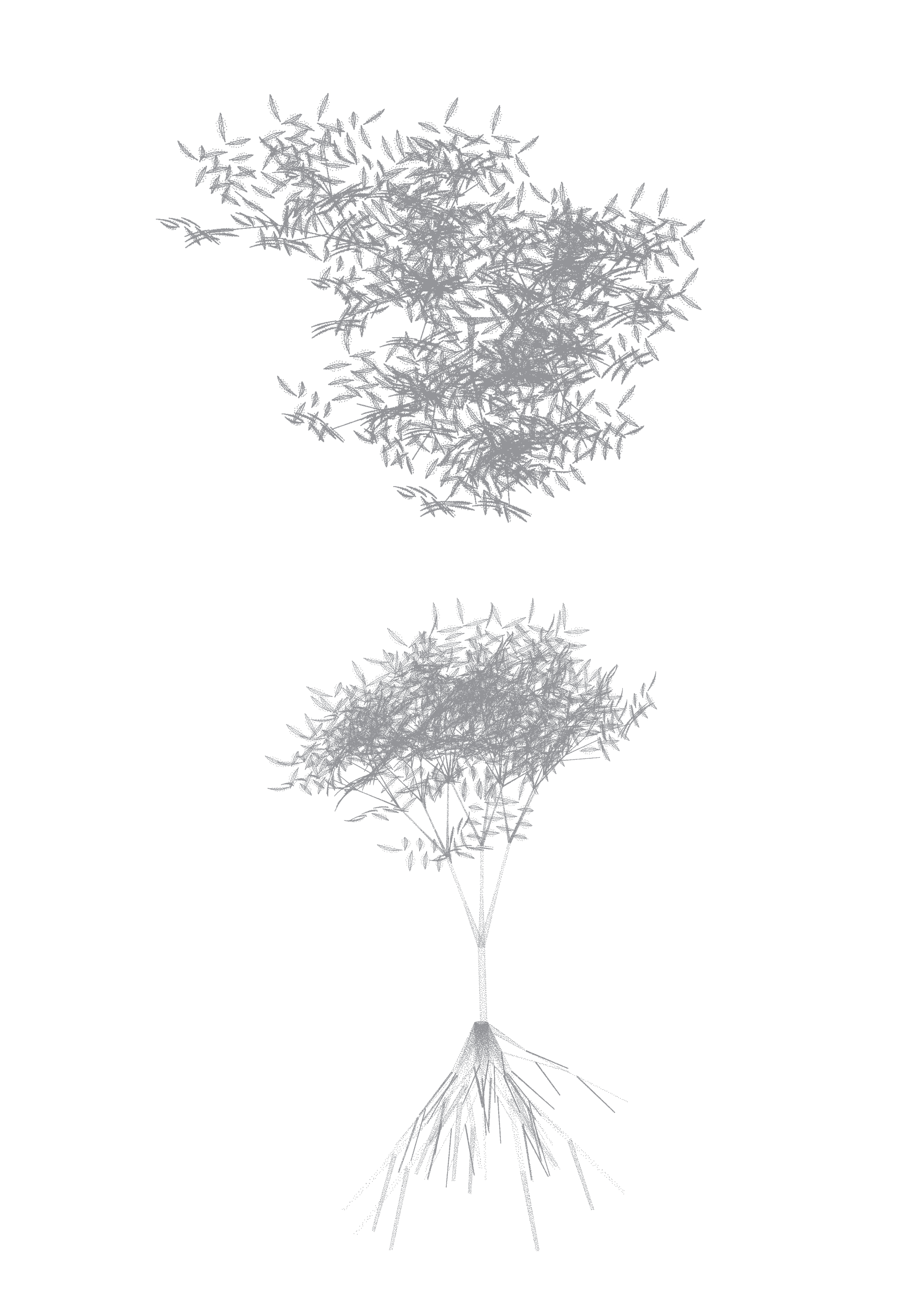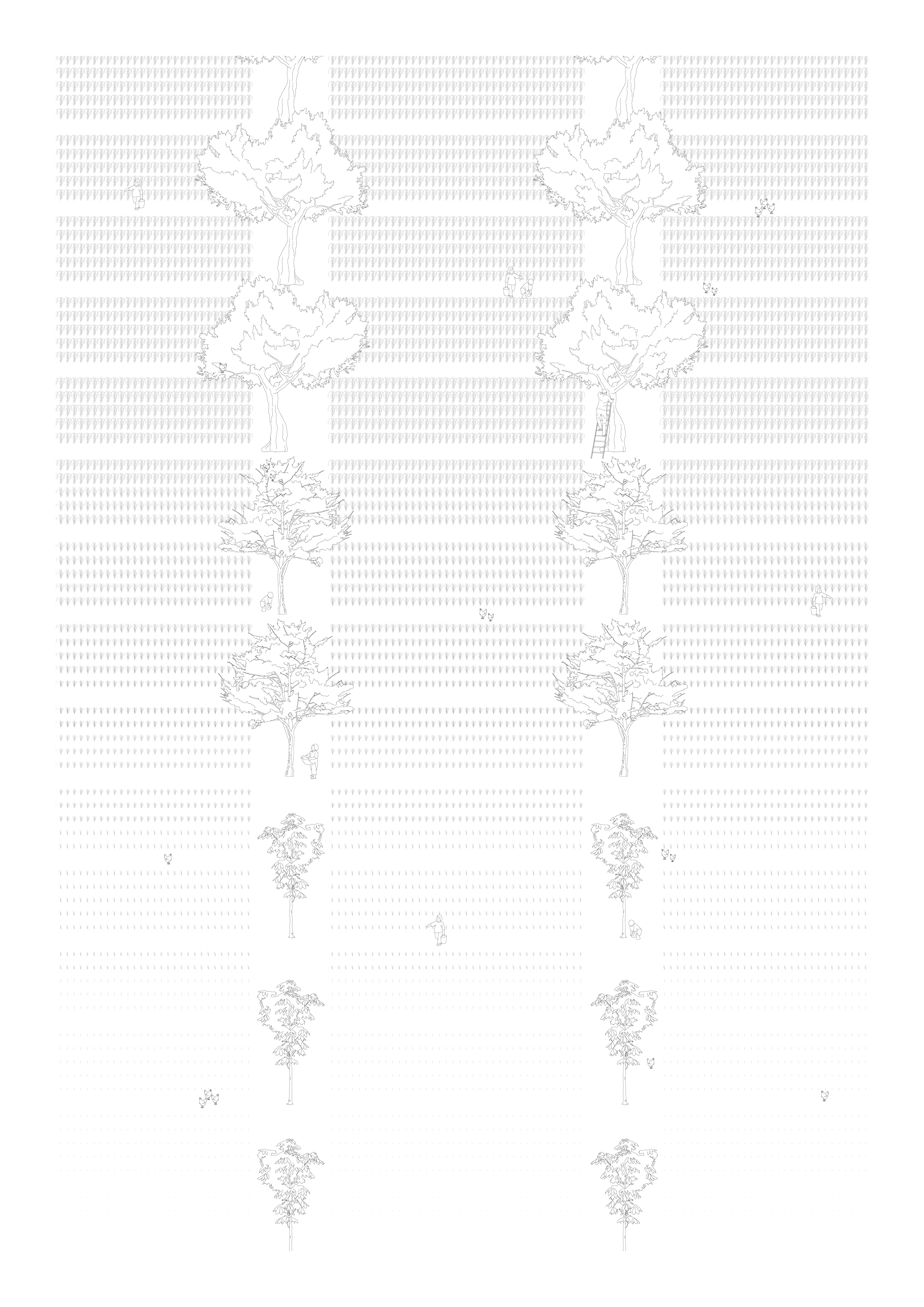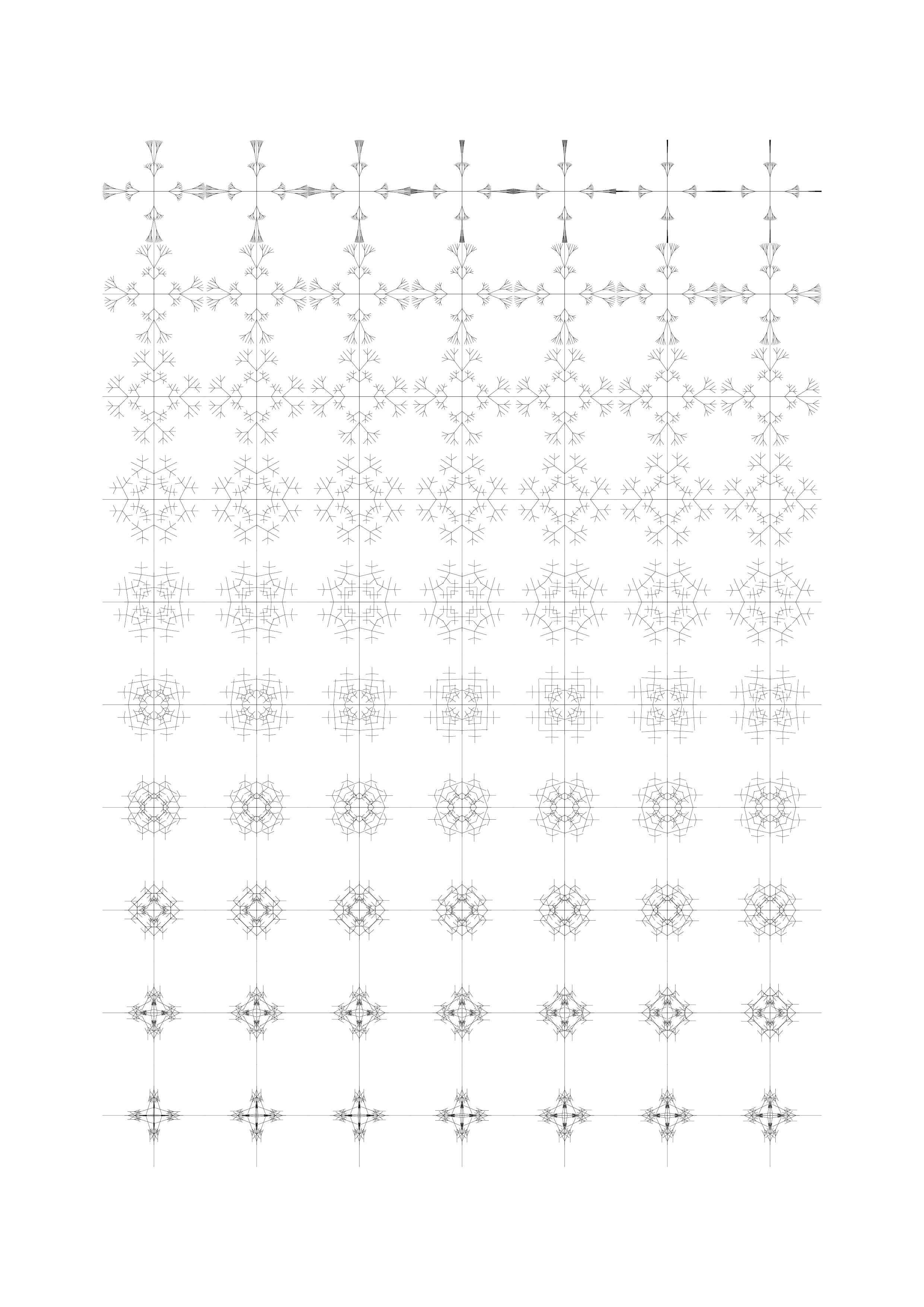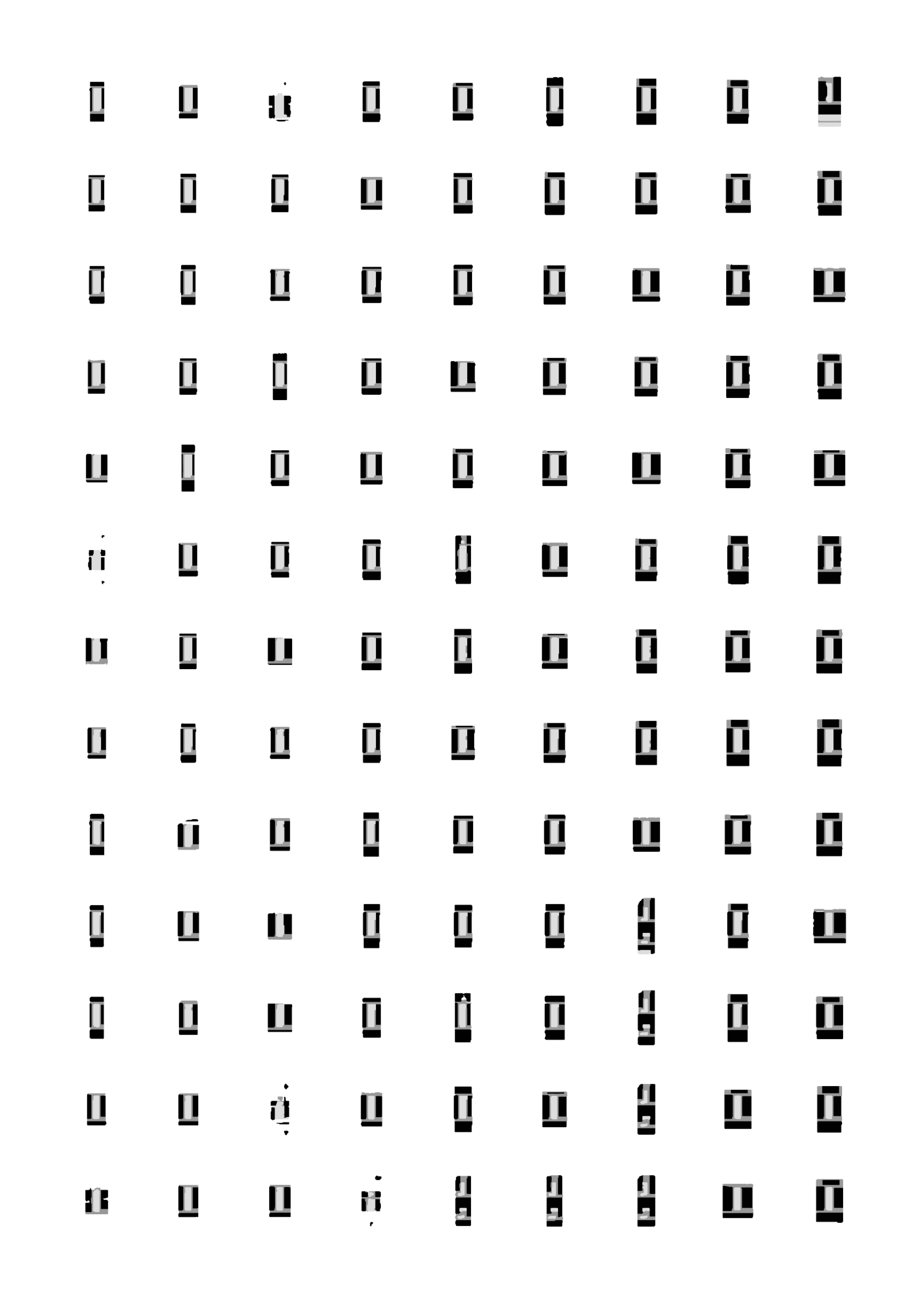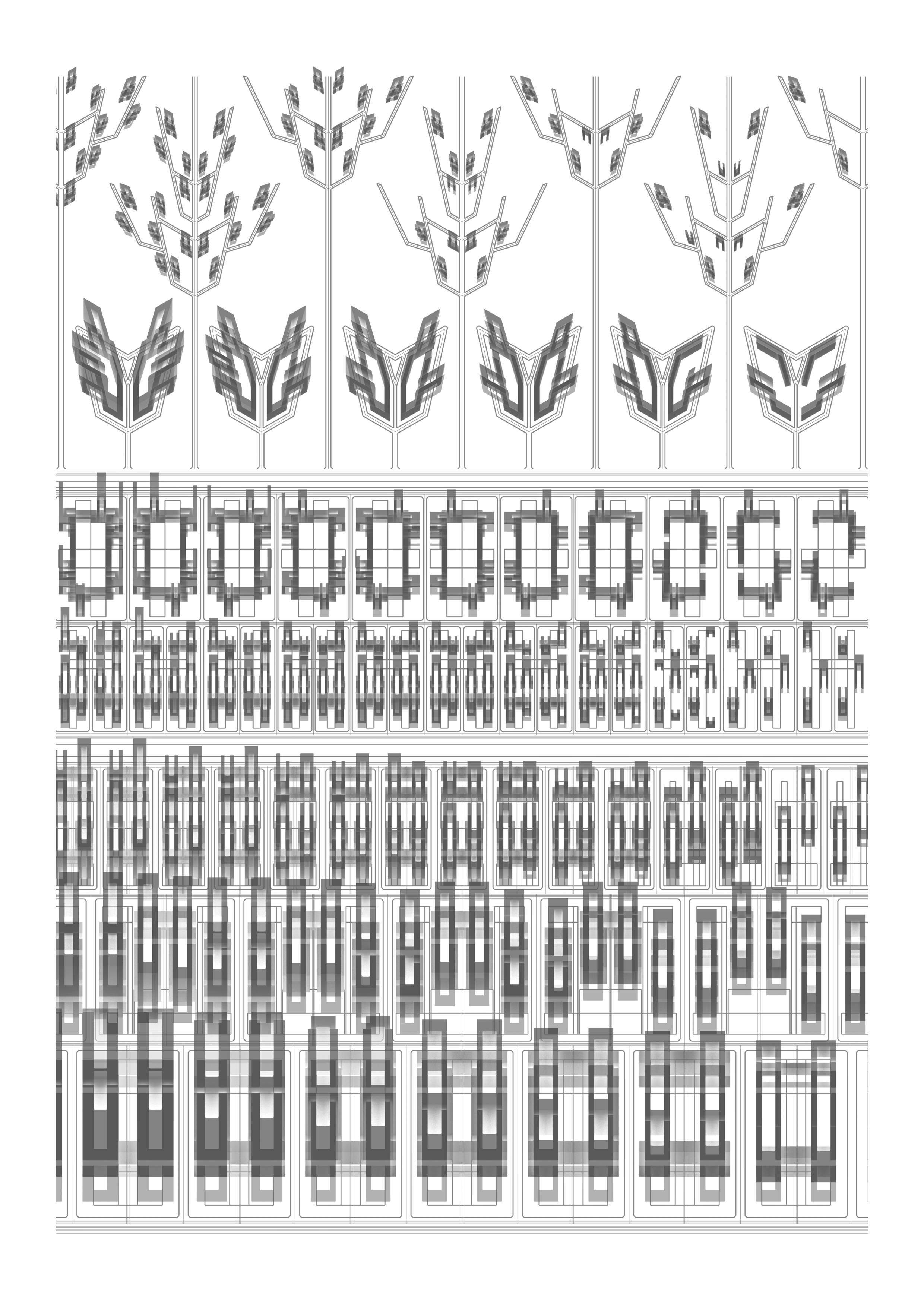Harvard Office for Urbanization
Agricultural Modernization and Collective Memory
Charles Waldheim
Cambridge, Massachusetts
November 1, 2020
_
China’s rapid urbanization has built upon and been enabled by its agricultural countryside. As China has urbanized, its rural villages and landscapes have been subject to increasing pressures, both local and distant. These pressures include economic disparities and environmental degradations as well as demographic shifts and societal inequities. In response to these challenges, China has proposed a series of rural planning and reform programs. Most recently, the 2016 program of agricultural modernization put forth an ambitious set of rural reform measures. These measures share the goals of improving the living conditions for those remaining in the countryside while increasing agricultural productivity. They aspire to entice city dwellers back to the countryside while integrating agricultural production more fully into the national economy. They seek to ensure China’s food security while enhancing public health and improving environmental conditions across the countryside.
These are laudable and important goals. They are increasingly vital for China’s future and especially so for its most vulnerable populations left back on the farm. For many of these people, China’s urbanization has come at the expense of the countryside and their collective health and welfare. In addressing these challenges, the Chinese program of agricultural modernization is characteristically well-researched, ambitious in scope, and national in scale. Yet the history of national projects of agricultural modernization elsewhere in the world suggests we would do well to pause and consider what might be lost amid such sweeping changes.
The history of agricultural modernization in the United States illustrates the dangers of cultural erasure and environmental devastation. US agricultural production grew enormously in the last century, fueled by scientific innovations, technological developments, and economic integration. The resulting surplus of agricultural production enabled both caloric and economic success. It also resulted in the erasure of much that was unique to regional culinary culture. The tendency toward larger territorial concentrations of monoculture crops and an abundance of cheap calories have fueled a series of disastrous and ongoing public health crises and social pathologies. These practices have also vastly reduced the biodiversity and ecological health of the American landscape and contributed enormous volumes of pollutants to the environment.
In response to these failures, many experiments with smaller, slower, and more local agricultural production are currently underway. These alternative models of ecologically informed farming tend to focus on smaller-scale local producers working with interplanted crop mixtures and the rotation of livestock across the land. While these remain limited in scope compared to the dominant mode of agricultural production in the US, they hold profound potential in helping Chinese agriculture avoid the failures of the twentieth century. Toward that end, this publication presents an alternative model for agricultural modernization and new-town planning in China. This model is derived from a close reading of Chinese agricultural history and village life in support of the vital economic, environmental, and societal reforms currently underway. The project is informed by the extraordinary wealth of culinary diversity and heritage crops found across China. The most significant of these, the fifty most cherished and most vulnerable to loss, shape our proposal. Building upon the “one town, one crop” model of economic integration, our proposal imagines fifty small-scale agricultural new-towns across China. Each of these towns is conceived in relation to a single, specific heritage crop and associated agroecological system deemed to be of great culinary and cultural value. The lived experience, landscape identity, and economic viability of each new-town are defined by the specific cultural meaning of these heritage crops. These crops also shape the spatial structure of the town’s urban order and that of the surrounding agricultural landscape.
_
50 Species-Towns
Project Team: Charles Waldheim with Harvard GSD Office for Urbanization, Charlie Gaillard, Mariano Gomez-Luque, Mercedes Peralta, Seok Min Yeo, Boya Zhang
Research Assistants: Mark Heller, Camila Huber Horta Barbosa, Mingyu Kim, Sue Kim, Jaewon Lee, Xiuzheng Li, Ting Liang, Xun Liu, Jianpu Meng, Sam Naylor, Sudeshna Sen, Joshua Stevens, Abbey Wallace, Zhaodi Wang, Erin Yook, Xin Zhong, Haoyu Zhao
External Design Research Collaborators: Andrew Witt/Certain Measures, Ajmal Qureshi, Scott Rozelle, Norman Scott, Michael Rock/2X4, Seth Denizen
Exhibition Team: Charles Waldheim, Charlie Gaillard, Seok Min Yeo, Boya Zhang

